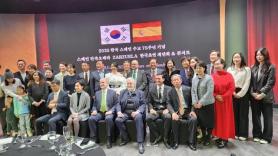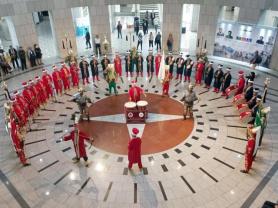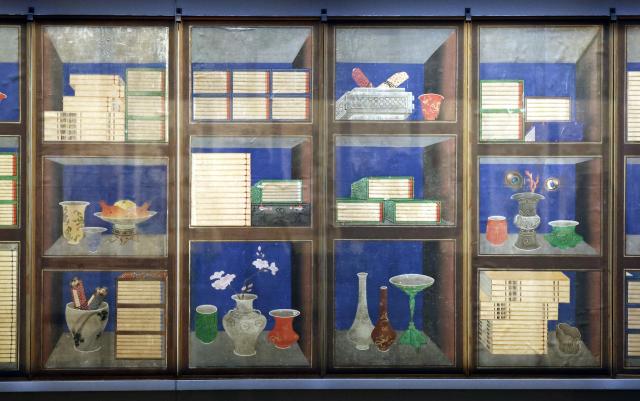
"Chaekgado" 10-panel folding screen depicting bookshelf, painted by Yi Taek-gyun/ AJP Cho Bo-hee

SEOUL, April 24 (AJP) - An engaging exhibition at the Amorepacific Museum of Art offers a sweeping view of Joseon-era "minhwa," the vibrant and often whimsical folk paintings that flourished from the late 18th through the early 20th centuries.
Drawing from 19 institutional and private collections, the show features over 100 works that underscore the distinctiveness of Korean traditional art, a realm where creativity often defied rigid artistic conventions.
Among the highlights is the "chaekgado," or bookshelf painting, a genre that initially graced the royal court in the late 1700s, depicting meticulously rendered shelves filled with books, scholarly implements, and treasured antiques.
By the 19th century, this style permeated popular culture, evolving into a beloved form of minhwa, or folk painting. A striking "Chaekgeori" 12-panel folding screen from 1918 showcases this transition, its vivid pink palette punctuated by unexpected Western elements like a table clock and a cigarette case bearing English script.
The exhibition provides a significant opportunity to appreciate the oeuvre of Yi Taek-gyun, considered a leading exponent of chaekgado. Several of his pieces are featured, offering insights into the era through the depicted objects and fruits.
His "Chaekgado" 10-panel folding screen incorporates auspicious flora and fauna, such as daffodils symbolizing a yearning for immortality, apricot blossoms representing academic and professional success, and pomegranates signifying abundant progeny.
Adding an intriguing layer to the viewing experience is the subtle presence of hidden seals. Unlike court paintings where artists were prohibited from marking their work, chaekgado painters, and later minhwa artists, ingeniously concealed their seals within the depicted objects. In Yi Taek-gyun’s work, a seal is discreetly placed in the upper right corner.

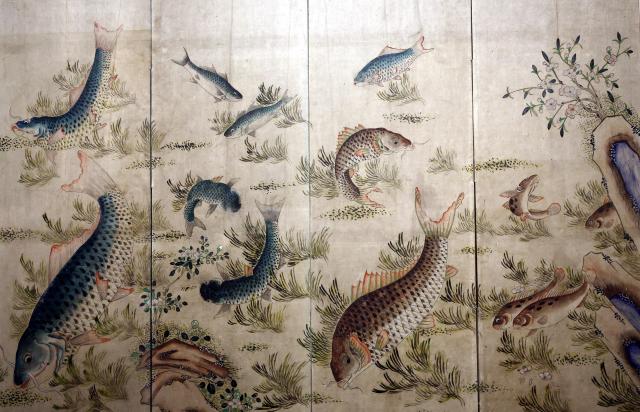
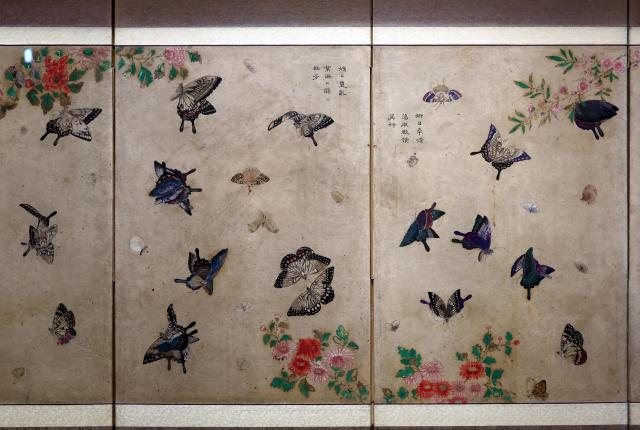


Another notable work is a "Baekseondo" (painting of one hundred fans) folding screen. Its eight panels present a rich tapestry of layered fan illustrations, each adorned with diverse themes ranging from serene landscapes to delicate depictions of flowers and birds. This multi-image format allowed for the simultaneous appreciation of various artistic expressions.
The emotionally resonant "Eobyeonseongnyongdo" (painting of fish transforming into a dragon), symbolizing the arduous journey to success in civil service examinations, highlights the cultural significance of these artworks as gifts of encouragement.
Beyond their symbolic weight, the minhwa on display are often imbued with a distinctive humor.
A "Gosainmuldo" 6-panel folding screen (painting of historical figures and Taoist immortals) reveals whimsical characterizations.
Similarly engaging are the depictions of animals, such as a tiger alongside a phoenix and rabbit in a 19th-century "Geumsudo" (painting of birds and animals), and a seemingly frolicking pair of tigers in an early 20th-century "Hojakdo" 4-panel screen depicting magpies and tigers.
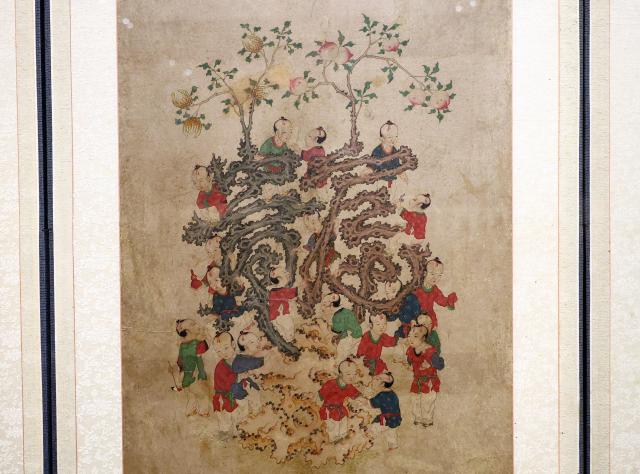
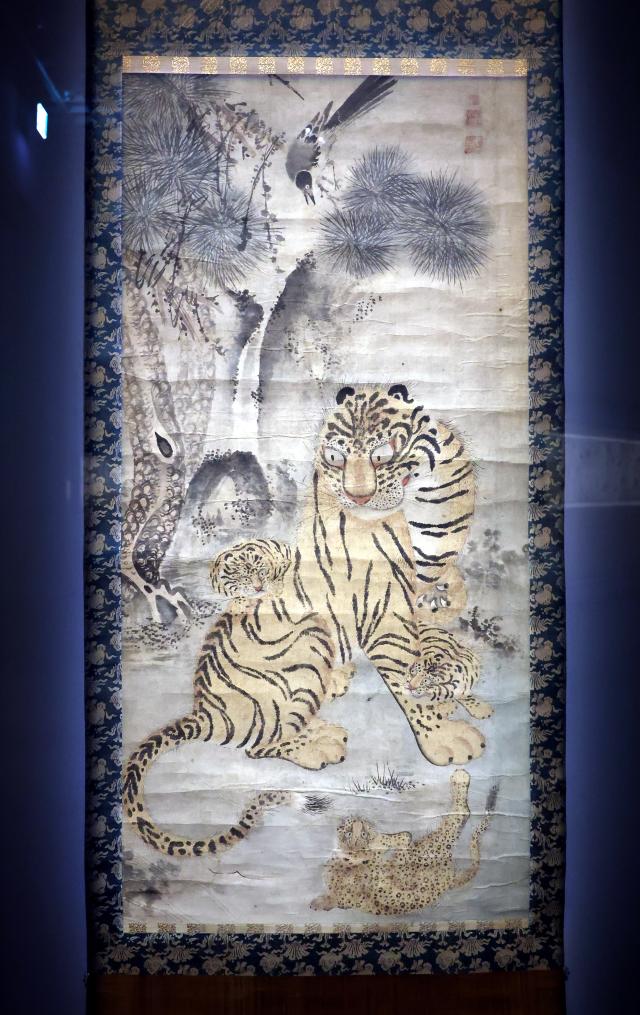

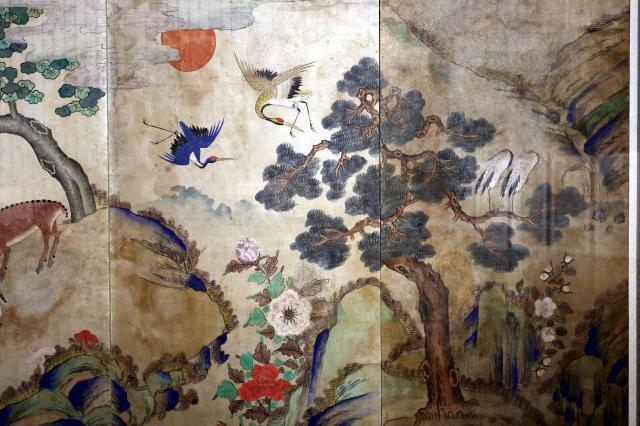

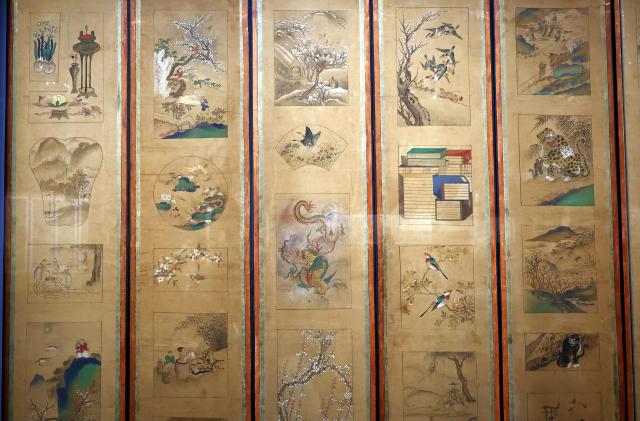
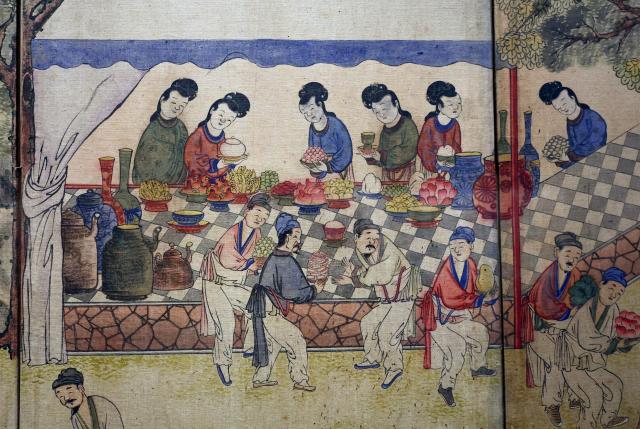
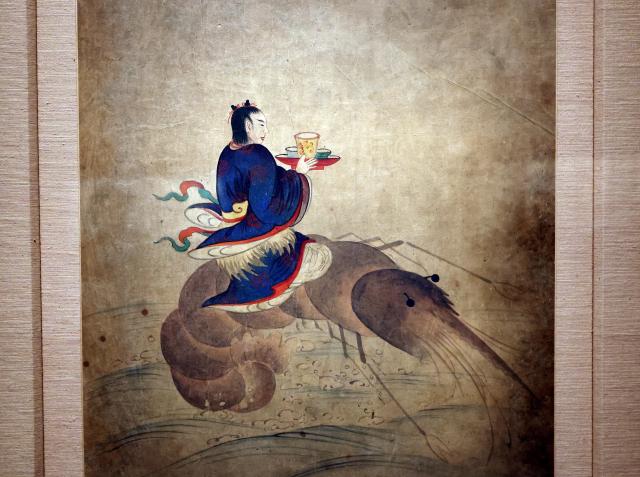
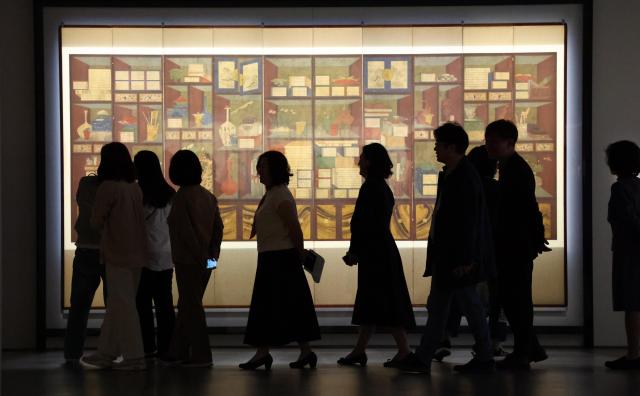

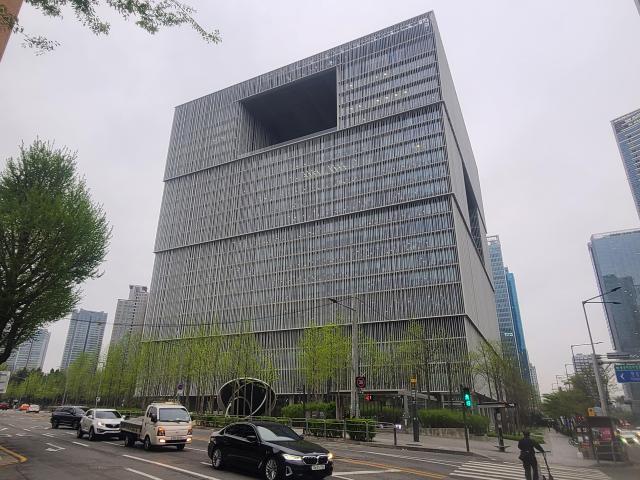
Copyright ⓒ Aju Press All rights reserved.



